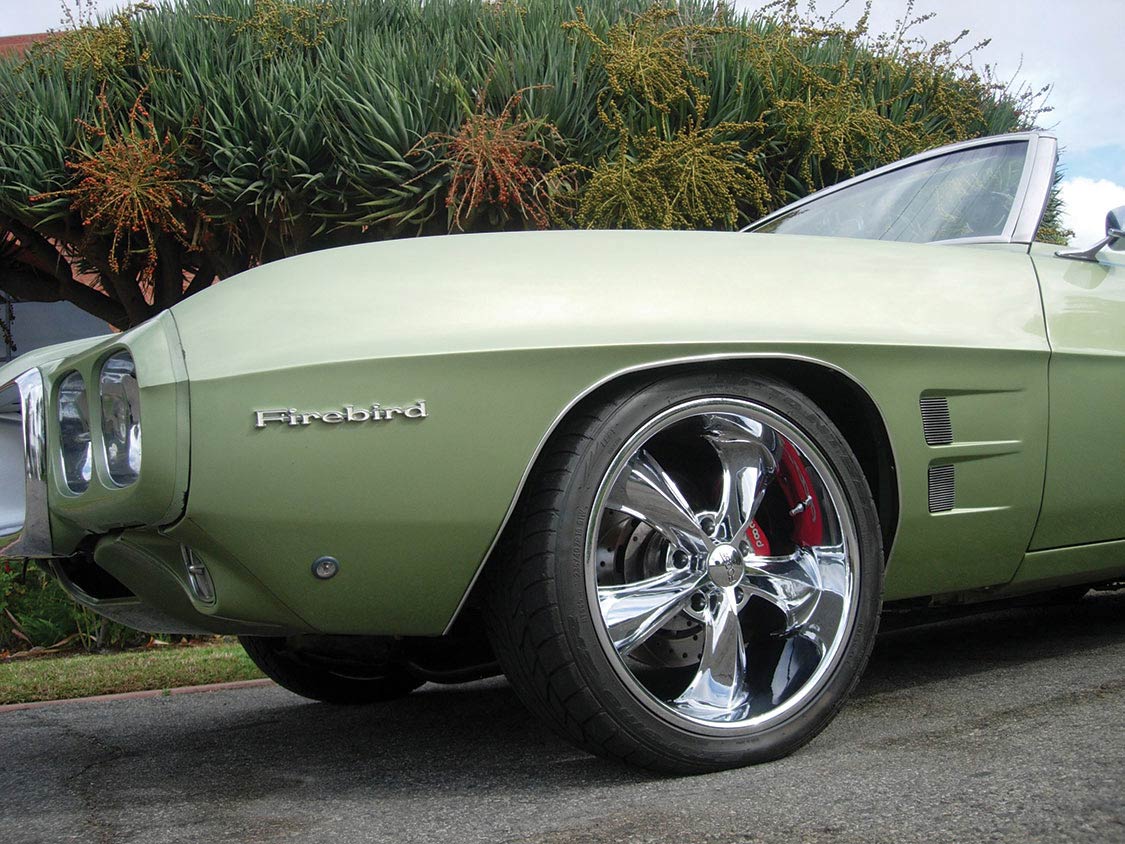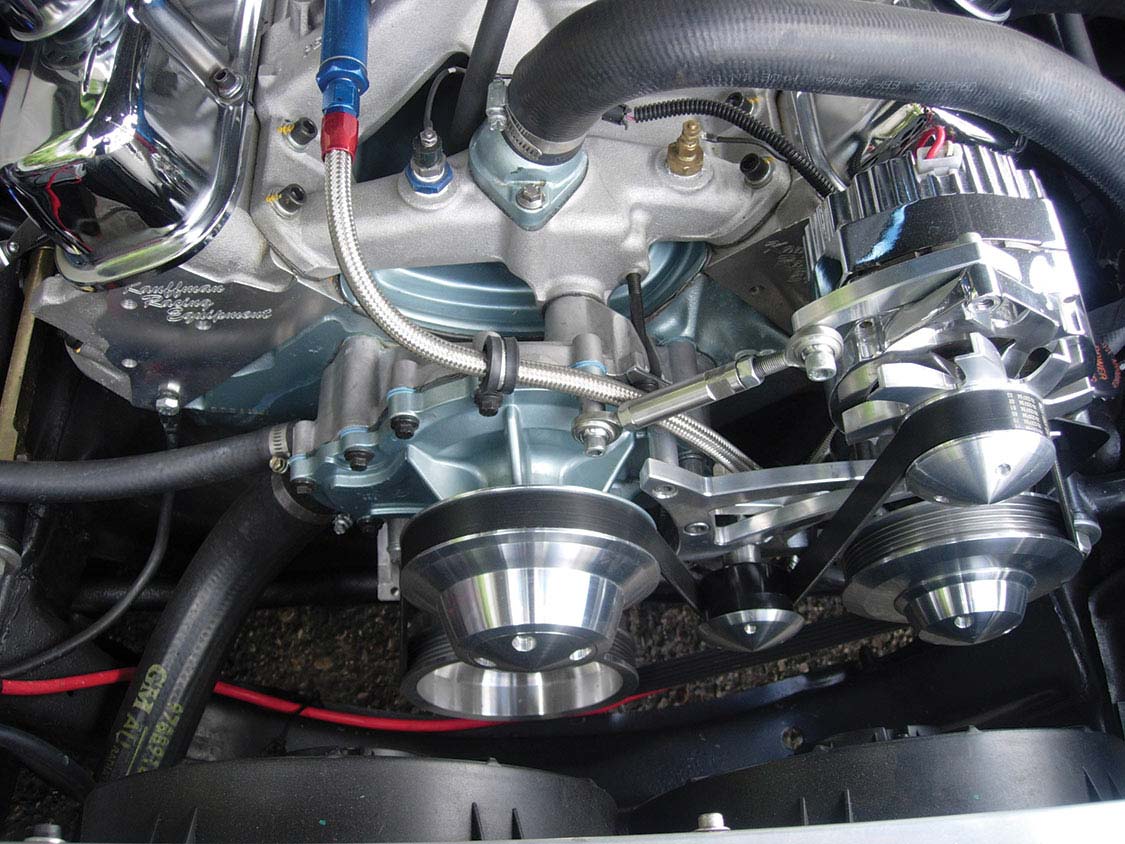 Lou Leto
.
June 05, 2022
.
All Feature Vehicles
Lou Leto
.
June 05, 2022
.
All Feature Vehicles

It is a shame to think of Pontiac as an orphan vehicle brand now, as this General Motors division had such a long history and an amazing influence on the beginnings of the muscle car era. Any modern high-performance vehicle that taps into high-horsepower ratings should be paying homage to or referencing Pontiac today. The brand, as we remember it, lasted over eight decades before being killed off due to corporate reorganization.

Looking back even further, the origins of Pontiac came into being even before the company started building automobiles; it started in 1893, building wagons out of the Pontiac Spring and Wagon Works. After acquisition by General Motors, the corporation gave Pontiac a great deal of attention, eventually positioning the company to be the performance brand for all of General Motors. Once GM fast-tracked John DeLorean to become manager of the Pontiac division in the 1960s, things really took off. When he took the risks, including being credited as the leader that encouraged engineers to install a large engine in a midsize vehicle, the boulevardier LeMans became the muscular GTO.



In another aggressive move, Pontiac reached high and tried to pitch its in-house-developed 2-seat prototype called the Banshee, but was turned down as being too close a market competitor to the Corvette. As a concession, for the 1967 model year, Pontiac was granted their own F-body opportunity, using the same platform as the Camaro. That car was named the Firebird.
For the Firebird, Pontiac continued the arrowhead-influenced front-end design, keeping that tradition alive as used on other models that started in 1959. Slit taillights were a carryover from the GTO. These two slits might have been construed to represent war-paint stripe symbols.
In 1969, as seen on our feature vehicle, Pontiac offered a similar yet bulked-up appearing body on the same wheelbase. Study the factory features; the front fenders and rear-quarter panels appear more muscular and stout, when compared to the two narrower earlier models. This year’s Firebird also was given a nose job, making a more prominent grille separate from the painted headlight bezels. The slit taillight feature remained at the rear as a part of the continued Firebird theme.



These were the days when each GM division developed their own engines, and Pontiac’s powerplant engineering group had quite an array to pull out of their quiver. Pontiac’s largest engine also became the model name for the top-of-the-line Firebird. Before the days of counting liters (now known as 6.6-liter), 400 cu.-in. of Poncho meant big horsepower, and offered huge torque for pulling power to leave stoplights as quick as a predatory bird taking flight.
The Pontiac Firebird 400 featured is special for a number of reasons: 1969 was a one-year body style. The last year for a convertible Firebird offering was also 1969 (Firebird droptops later made a return in 1991). This year was also an extended build year, as Pontiac continued to build this style during the first quarter of 1970.
While coated in the factory color of Limelight Green, with the seats appearing just as the factory intended in black vinyl, this particular Firebird 400 is more than a wheel and tire changeover. The heart of any vehicle of that era was in the engine, and this is where our subject is a standout. The transplant of a custom engine with enhanced specifications captures the attention of any horsepower aficionado.



What makes this even more impressive is that Pontiac still powers this Firebird; no heresy from the substitute of Chevy power in this engine bay was committed. This car is Pontiac through and through, while adhering to the 1960s theme of: There is no substitute for cubic inches. Starting with a Pontiac 455 block, it has been over-bored to a huge 472 cu.-in. The list of internal quality parts reads like any top race engine preparation: Sealed Power pistons of 10.0 to 1 compression, forged crankshaft, ARP bolts, Comp Cam roller rockers and camshaft, Melling oil pump, and more, with the rotating assembly carefully balanced. The external attention-getting engine components are evident immediately after looking under the (war) bonnet. It might be the serious parts like the Kaufman Racing aluminum D-port heads, the Doug’s headers, the Edelbrock intake manifold and the March pulley system that capture the eye. When fired up it is definitely the exhaust note that captures the ear, sending a no-nonsense message that this Firebird is poised to fearlessly fly down the road.
This Firebird literally “does it one better,” with an update from the stock 4-speed to a hefty high-performance 5-speed transmission.


All that horsepower, estimated at 500, is transferred through a unique clutch setup for speed shifting, consisting of a Ram pressure plate, disc and flywheel, with a hydraulic assist. Yes, a manual transmission car, the respectable choice of many during the era. This Firebird literally “does it one better,” with an update from the stock 4-speed to a hefty high-performance 5-speed transmission.
Since these vehicles were not known for their handling prowess, this Firebird’s suspension has been dramatically improved via an entire Global West suspension kit that includes tubular A-arms. Although many Firebirds were built with drum brakes, this one now offers impressive stopping power through Wilwood discs on all four corners. The 18-in. Foose-designed 5-spoke wheel upgrade is a visual delight that compliments the suspension and brake package, with alloy rims that are strapped with staggered-sized Nitto Z-rated performance tires; 235-40 front, 275-40 rear.



Dale Bracken of California Supersport Auto in San Juan Capistrano, California, made this Firebird his personal car of choice. “Being in the car business for nearly four decades, I have seen many cool cars.” Bracken says. “This one came to me in a slightly circuitous way. It had just been built and the owner was looking for a place to store it. Since we do not offer storage at our business [www.californiasupersportauto.com], as a fellow gearhead I referred him to folks who did.” Two weeks later, the owner of the Firebird called, “Storage is expensive; will you buy it?” Bracken went to San Diego, bought the car and drove it back. “I exceeded the speed limit most of the way,” Bracken says with an impish grin.
Changing gears on the 5-speed is smooth, exactly as expected from the legendary Hurst shifter that earned its reputation for precision and control.


Generous as he is, and knowing that “Drive” as a part of our title, Bracken unselfishly insisted that his Firebird be experienced firsthand from behind the wheel. Firing it up, the exhaust comes through as a bark, indicating that this one has the potential to bite. Holding the custom steering wheel, the view is clear, with the large diameter AutoMeter Sport comp tachometer at close proximity at the corner of the left eye, close enough to monitor rpm’s, yet not obtrusive. Further monitoring of the engine’s vitals can be done by glancing at the three gauges affixed on top of the factory center console. Engagement of the clutch lets you know that there is a force to be reckoned with. Changing gears on the 5-speed is smooth, exactly as expected from the legendary Hurst shifter that earned its reputation for precision and control. Top-down cruising is the only way to drive a convertible, which allows the driver to hear the very same exhaust resonance during throttle adjustments as those in the other lanes or at the curb.
A quick summary: This Firebird offers high horsepower mated to improved handling; tame enough to cruise, yet always indicating that it is waiting to be unleashed and let fly.

Share Link